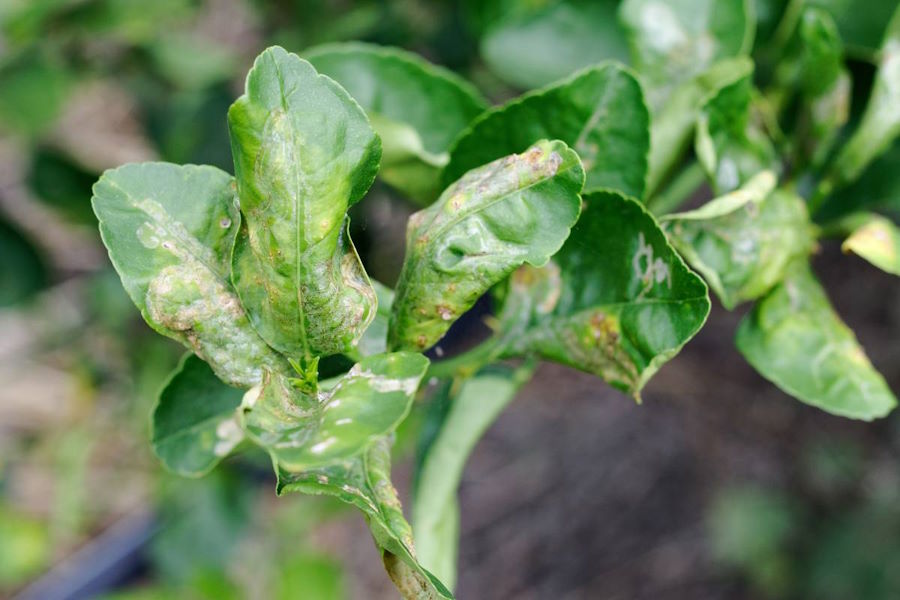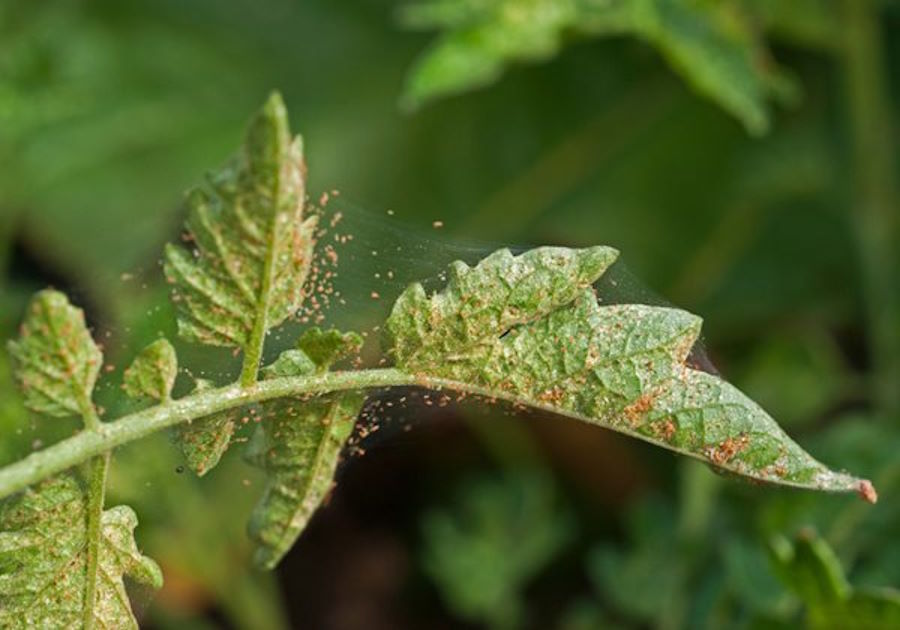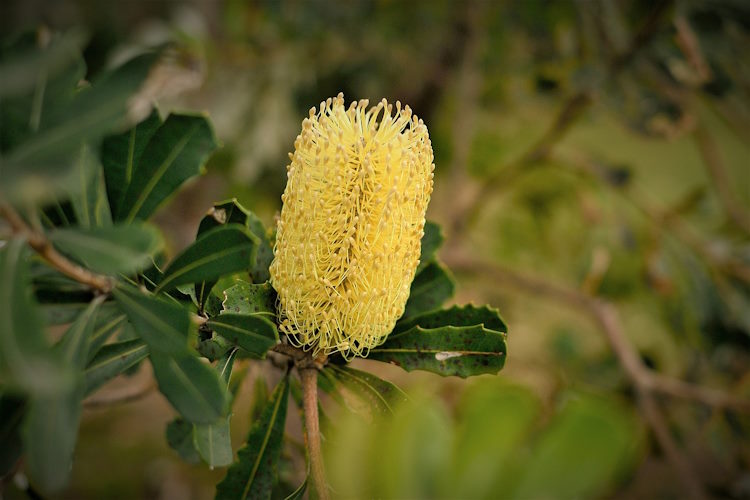Team Gaia have been getting sweaty this week, in the gorgeous gardens we have been blessed to tend too. One thing we are noticing is that Citrus leafminer and Spider mite are prolific right now, have you found this too?
Citrus leafminer

Citrus growers face a persistent threat from the Citrus leafminer. These pests cause significant damage by creating serpentine mines within the leaves, which can lead to leaf distortion, reduced photosynthesis, and overall weakening of the tree. The citrus leaf miner is particularly problematic in warmer climates like Perth, where it can thrive and reproduce rapidly.
A leaf miner is any one of numerous species of insects in which the larval stage lives in, and eats, the leaf tissue of plants. The vast majority of leaf-mining insects are moths, sawflies and some beetles.
Larvae mine their way through leaves creating blisters that often look like yellow, squiggly lines in the leaves.
The life cycle of a leaf miner has the following stages:
Egg
Larva
Pupa
Adult moth
Adults do not damage plants and live only 1 to 2 weeks. Adult moths are most active in the morning and the evening and spend the day resting on the undersides of leaves, but are rarely seen.
Eggs hatch in 3-6 days. Often there are several larvae within each mine.
The newly hatched legless larvae will burrow into the interior of the leaves to begin feeding. When the larvae are mature they will chew through the leaf surface, drop to the ground, and pupate.
While citrus leafminers can affect leaves of all ages, they particularly target young, tender foliage, causing specific types of damage:
Leaf Deformation: As citrus leafminer larvae tunnel through the young leaves, they disrupt the normal growth and development of leaf tissue. This can result in the deformation of affected leaves, causing them to curl, twist, or become puckered. Deformed leaves not only detract from the aesthetic appearance of the citrus tree but can also impair the tree’s ability to photosynthesize and produce energy.
Reduced Photosynthesis: The serpentine mines created by citrus leafminer larvae can interfere with the leaf’s ability to capture sunlight and conduct photosynthesis effectively. As a result, affected leaves may exhibit reduced chlorophyll production and decreased photosynthetic activity, leading to overall reductions in plant growth and vigour.
Stunted Growth: Severe infestations of citrus leaf miners can significantly stunt the growth of young citrus trees. When a large proportion of the young leaves are affected and damaged by leaf miner larvae, the tree may struggle to allocate resources for new growth, resulting in diminished overall size and vigour.
Control Measures:
Weed control helps reduce populations
Remove infected leaves and put them in a bin, not compost.
Avoid pruning live branches more than once a year, so that the cycles of flushing are uniform and short. Once the leaves harden, the pest will not be able to mine the leaves.
Leafminer Recipe: Homemade white oil
- 1 part oil (olive, sunflower, fractionated coconut, any oil will do)
- 1 part dishwasher liquid
- 1 part water
Add to a small jar- shake till white- then this is your concentrated solution. Put 1 tablespoon to a spray bottle with water and spray affected plants.
Overall, the damage caused by citrus leaf miners especially to young leaves can have significant implications for the health, growth, and productivity of citrus trees. Effective management strategies, such as regular monitoring, cultural practices to promote tree vigour, and targeted treatments with natural remedies like white oil spray, are essential for controlling citrus leaf miner populations.
Please share this article with your friends and family, knowledge is power and together we can unite and stand against leaf miner.
Spider mite

Another pest that is prolific at the moment is Spider mites. They are tiny arachnids that are notorious pests in vegetable gardens. These minuscule pests, barely visible to the naked eye, thrive in warm and dry conditions, making them particularly problematic in Perth’s climate. They feed on the sap of plants by piercing the plant cells with their mouthparts, causing damage that can seriously harm vegetable plants.
The problems caused by spider mites for vegetable plants are numerous and can have significant impacts on plant health, yield, and overall garden productivity. Some of the key issues include:
- Stippling and Yellowing Leaves: Spider mites feed by sucking the chlorophyll-rich sap from the leaves of vegetable plants. This feeding activity results in characteristic stippling, or tiny yellow or white specks, on the leaves. As the infestation progresses, affected leaves may turn yellow, brown, or even become necrotic, leading to reduced photosynthesis and overall plant vigour.
- Reduced Yield: Severe infestations of spider mites can significantly reduce the yield of vegetable plants. The damage caused by feeding can stunt plant growth, hinder flower development, and diminish fruit production. In some cases, heavily infested plants may fail to produce any viable fruits or vegetables at all.
- Premature Leaf Drop: As spider mite populations explode, they can rapidly defoliate vegetable plants by feeding on the leaves. This premature leaf drop not only reduces the plant’s ability to photosynthesize and produce energy but also exposes the fruits to sunscald and other environmental stresses.
- Transmission of Plant Diseases: Spider mites can act as vectors for plant diseases, transmitting viral and fungal pathogens from plant to plant as they feed. Infestations of spider mites can exacerbate the spread and severity of diseases, further compromising the health and productivity of vegetable plants.
- Impact on Overall Garden Ecosystem: Spider mites can disrupt the delicate balance of the garden ecosystem by decimating populations of beneficial insects and predators. Predatory insects such as ladybugs and lacewings that naturally control spider mite populations may be driven away or killed by the use of chemical pesticides, leading to further imbalances in the garden.
Given the potential for widespread damage, it’s essential for vegetable growers to implement effective management strategies. In addition to cultural practices such as regular monitoring, and maintaining plant health, natural remedies like the White Oil spray can be used to control spider mite populations without harming beneficial insects or the environment. By staying vigilant and employing integrated pest management techniques, vegetable gardeners can minimize the impact of spider mites and citrus leafminer and ensure the success of their crops.






